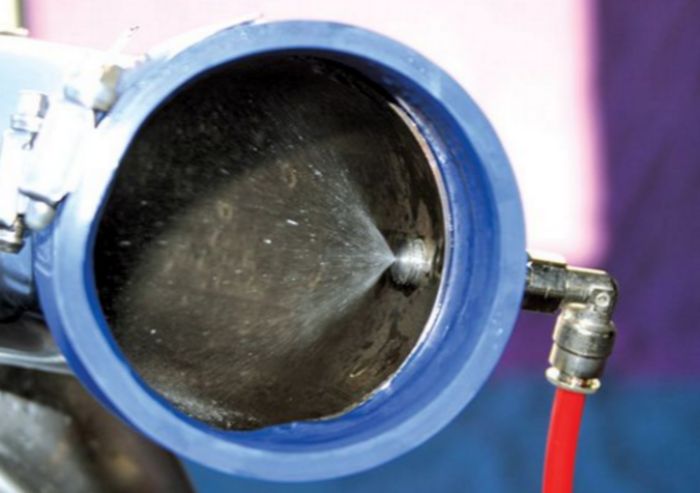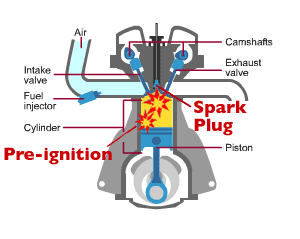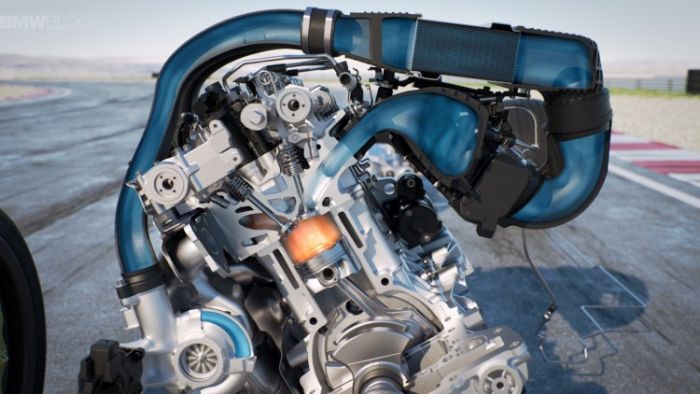
How Does Water Injection Actually Work?
Water injection was a thing of the past, but with emissions regulations getting tougher, it may just make a comeback. So how does it work?
You may have heard of cars like the BMW M4 GTS having water injection, along with heavily modified cars looking to make properly huge power gains. Water Injection is generally used in engines with high compression ratios (predominantly forced-induction powertrains) due to the potential adverse effects of such high compression within each cylinder.
These systems work by injecting or spraying water into the air/fuel mixture or directly into the cylinder. Now those of you who have ever experienced water accidentally entering places in the engine where it shouldn’t, you’ll know that the fact that water is an incompressible fluid that can cause complete catastrophe. Thankfully, the amount of water injected is so minimal that the piston stroke is not affected in any feasible way by the fluid. The water mixture is essentially a mist, rather than a stream of fluid, thus it evaporates fairly quickly in the combustion process.
The reason for water injection is for its cooling properties. Instead of using water as coolant to cool the engine from the outside, water is injected at a precise moment within the engine timing to cool significant ‘hot points’ in the induction system which can cause a phenomenon called premature ignition.
Pre-ignition occurs due to these ‘hot spots’ being higher in temperature than the spark from the spark plug, resulting in the air/fuel mixture igniting before the spark has its chance to ignite the fuel. Over time, this can have damaging effects on the pistons as each one is forced along against its regular timing by the pre-ignition and can lead to components overheating.

So in steps water injection. By cooling the hot spots within the cylinder, pre-ignition can be avoided and the use of higher compression ratios within the engine can be safely explored. As the water enters the cylinder, heat is transferred from the hot post-combusted air within the cylinder to the cold water, cooling the intake charge. This means that the mixture within the intake charge is denser, allowing more air/fuel to enter the cylinder. And more fuel = more bang.
Due to engine knock (a by-product of pre-ignition), ignition timing is generally retarded so that it is the spark plug igniting the fuel rather than the hot spots, but with the addition of water cooling, the ignition timing can be placed at a much more powerful area of torque production within the engine cycle, thus resulting in yet more horses entering the stable.
Now it isn’t exactly just tap water sprayed into the cylinder. It is in fact a 50/50 mixture with alcohol (methanol) and a very small percentage of oil. With the water doing the cooling, the alcohol acts as an antifreeze and is fully combustible while the oil decreases the effects of corrosion from the water on the metal components. Due to the presence of methanol, the process can sometimes be referred to as water-methanol injection, while some experienced tuners will even commit to a 100 per cent methanol injection but obvious safety concerns make that option one hell of a risk.
There are many other benefits that can be had from water injection. Emissions decrease due to the water absorbing heat from the combustion process, thus reducing the amount of exhaust gasses produced like NOx, while also preserving engine life by absorbing the heat energy that would otherwise enter the walls of each cylinder.
The timing of the water injection is obviously critical and it should only be implemented when pre-ignition or knocking is occurring. Used wrongly and it can result in power losses due to a lack of efficiency where the water is filling potential fuel space within the cylinder.

The rise of the intercooler in the latter decades of the 20th Century nearly consigned water injection to the history books due to its sheer complexity and unless cars are specifically manufactured from stock with water injection, it is extremely difficult to try and tune a car to suddenly using it.
In light of the crack down on emissions however, expect to see water injection making a comeback due to its effect on exhaust gas reduction. Just don’t go trying to rig up a rudimentary injection system for your 1.2 Fiesta, that road can only ever lead to failure.



















